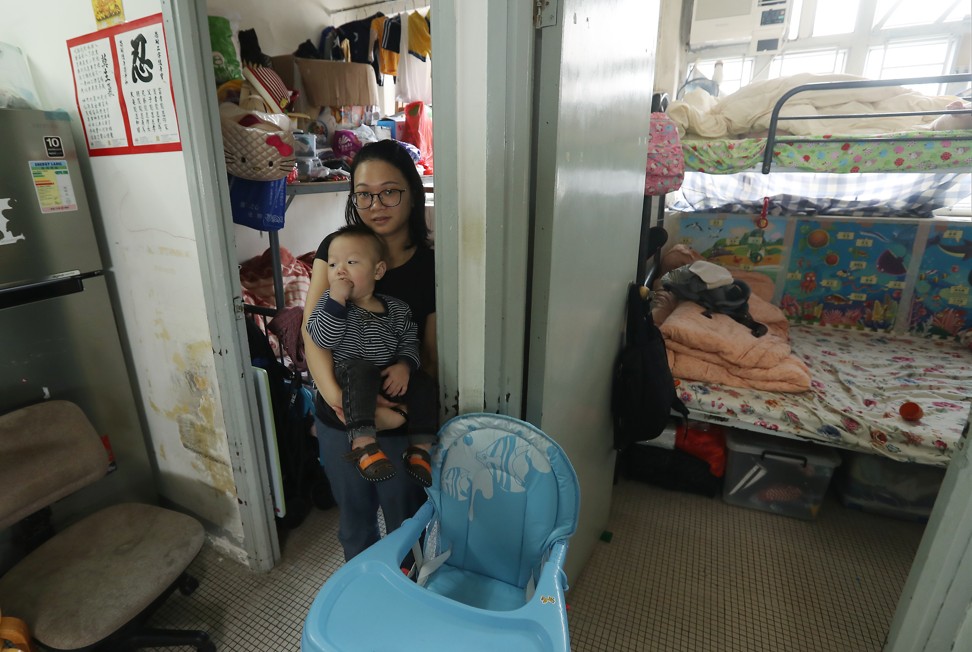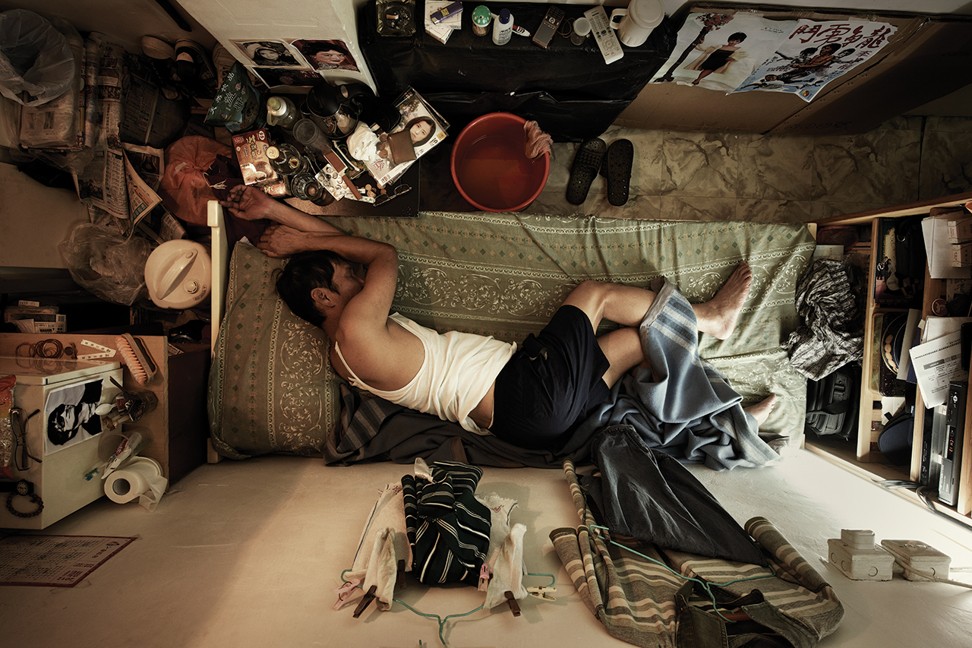
Hype aside, what’s the mental effect of a young workforce living in cramped co-living conditions?
Hong Kong’s property developers are promoting the trend of “co-living” space as the new, wonderful and inevitable lifestyle for young people seeking to enter Hong Kong’s impossibly expensive real estate market.
This exposes a deep, exploitive fault line between the standard of living being imposed by private developers on the public. They threaten the health of Hong Kong’s young workforce and make attracting foreigners impossible into a new, knowledge economy.
He claimed co-living was already a proven success in Europe and the US. However, co-living wasn’t the main, or only option for living in those countries. “Co-living could be the answer for students and young professionals in need of affordable options in Hong Kong,” he said.
No one talks about the other genuine alternative: reforming Hong Kong’s private property market to create affordable housing, which is suitable for human living.
Co-living is a deceptively cruel concept by developers to sell ever tinier flats to propel and justify higher market prices. And if they can get away with micro flats and co-living, then they’ll be selling coffins as “hip lifestyle alternatives.”
None of them have studied the mental health implications of such depressing living conditions. The government must ban them and set minimum flat sizes in the private market.
Singapore’s Housing & Development Board doesn’t build flats less than 355 square feet (33 square meters) for single dwellers. The board’s objective is to provide “optimal living environment for residents.” Hong Kong’s developers are only trying to optimise profit at society’s expense.

Today, it’s a cruel and cynical reimagination of the Kowloon Walled City lifestyle except with designer branded interiors that photograph nicely. Pictures of tenants eating together are so depressing they remind me of the last meal of a group of death-row inmates.
Now this deception is sadly being passed on to our next generation. Meet your inner circle of Hong Kong hell.
According to international real estate firm Jones Lang LaSalle, nominal wages in Hong Kong grew 45 per cent from 2009 to mid-2017. But, income growth fell way behind rents for mass residential properties, which increased 102 per cent in the same period. Developers cite this as support for co-living.
However, local wages have no connection and underlying causation to rocketing rents, which are a result of flawed land and development policies. Blindly following these self-serving data points only obfuscates the reality- the Hong Kong government must make property a strategic resource, not an inventory of raw material for speculation and exploitation that endangers the health and economic welfare of the population.

However, the Hong Kong government has not responded. Singapore learned long ago that people who are well housed focus on economic advancement and ignore political protests.
Co-living is not a solution, but a symptom of the immorality that threatens to subsume and to imprison the population, in a downward spiral of self-justifying and irreversibly declining living standards.
Peter Guy is a financial writer and a former international banker.

